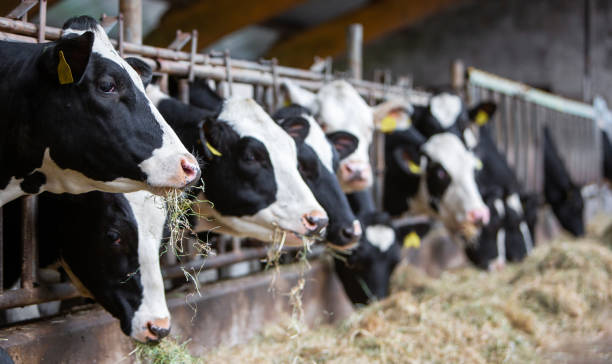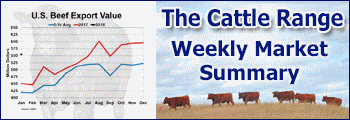October 28, 2024 | Progressive Dairy
Despite high beef prices, a smaller dairy herd and higher demand and prices for dairy cow replacements have now impacted cull cow slaughter rates for a full year.
Based on latest USDA monthly data released Oct. 24, the number of dairy cull cows marketed through U.S. slaughter plants in September 2024 was estimated at 210,400. While down 20,4300 from August, it was 30,100 fewer than September 2023 and the lowest September total since 2007.
The final week of September marked the 56th consecutive week that dairy market cow slaughter has been below the same week a year earlier. Combining the final 17 weeks of 2023 and the first 39 weeks of 2024, dairy market cow slaughter was down about 410,000 head from the corresponding period a year earlier.
September 2023 had 26 non-holiday weekdays and Saturdays while September 2024 had 25 days. Slaughter averaged 8,400 head per business day this year, down about 900 from a year earlier.
The USDA estimated there were 9.328 million dairy cows in U.S. herds in September 2024, unchanged from the August estimate and putting the September culling rate at about 2.3% of the herd. Based on the monthly data, year-to-date (January-September) dairy cull cow slaughter now stands at about 2,055,200 head, down 323,900 from the same period a year ago and the lowest nine-month total to start the year since 2008. Despite sky-high beef prices, the lower pace of culling may lead to increases in October milk production and cow numbers.
The heaviest dairy cow culling during June occurred in the Upper Midwest (Illinois, Indiana, Michigan, Minnesota, Ohio and Wisconsin) at 57,600 head. That was followed in the Southwest (Arizona, California, Hawaii and Nevada) at 51,000 head.
Other monthly regional totals were estimated at 26,100 head in Arkansas, Louisiana, New Mexico, Oklahoma and Texas; 25,600 head in Delaware, Maryland, Pennsylvania, West Virginia and Virginia; and 25,100 head in Alaska, Idaho, Oregon and Washington.
Primary data for the USDA’s Livestock Slaughter report is obtained from reports from about 900 federally inspected plants and nearly 1,850 state-inspected or custom-exempt slaughter plants.











